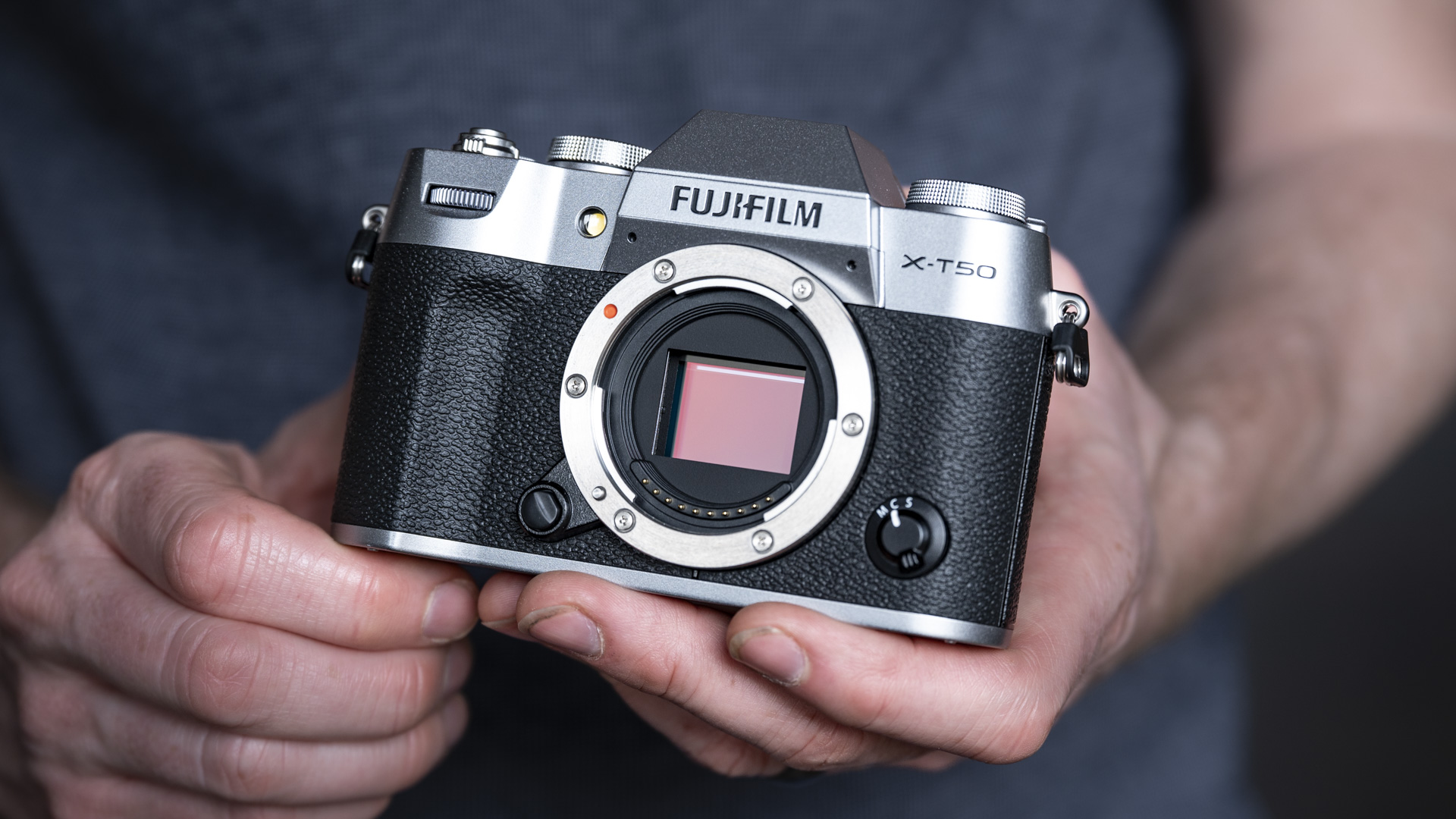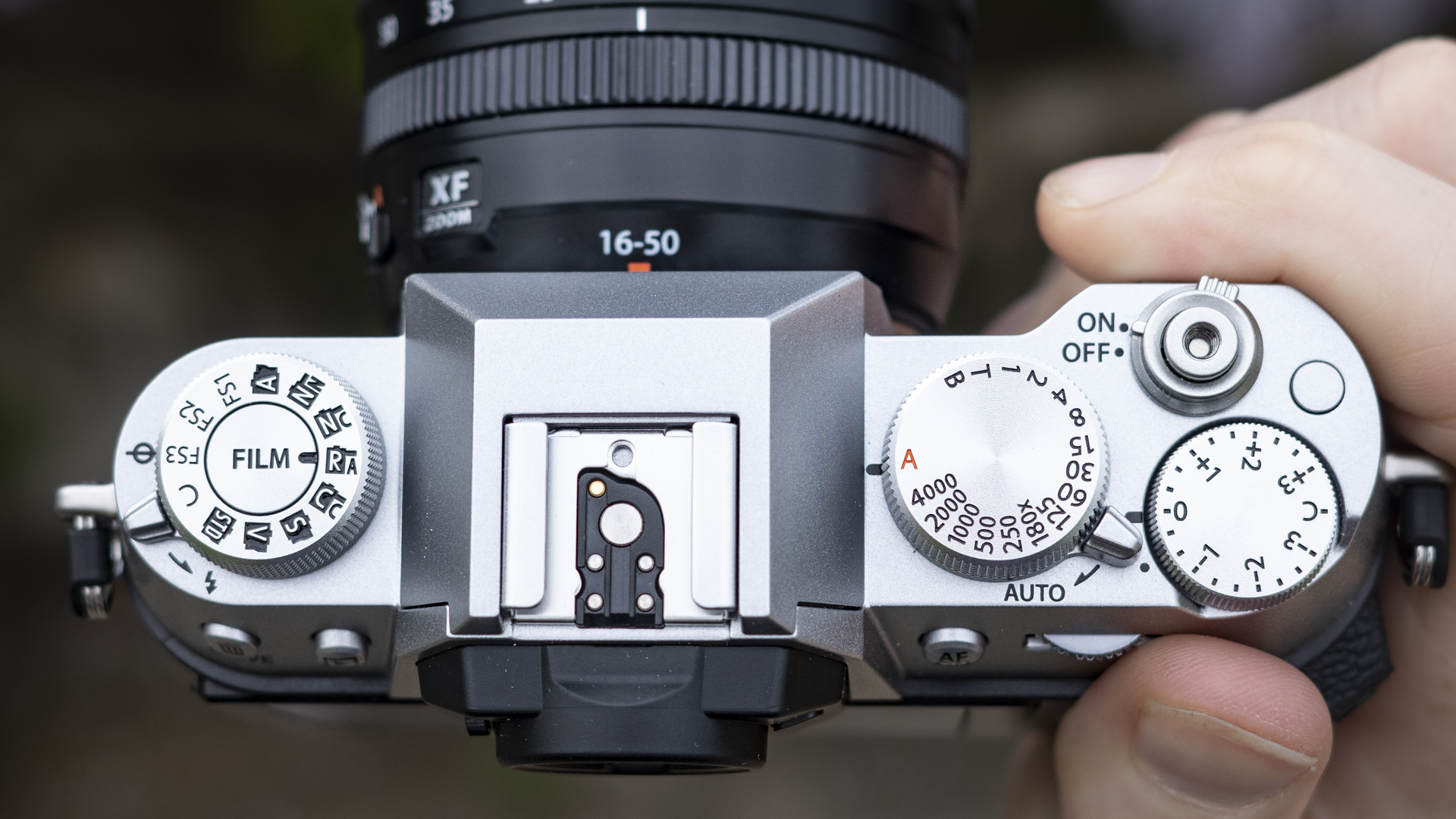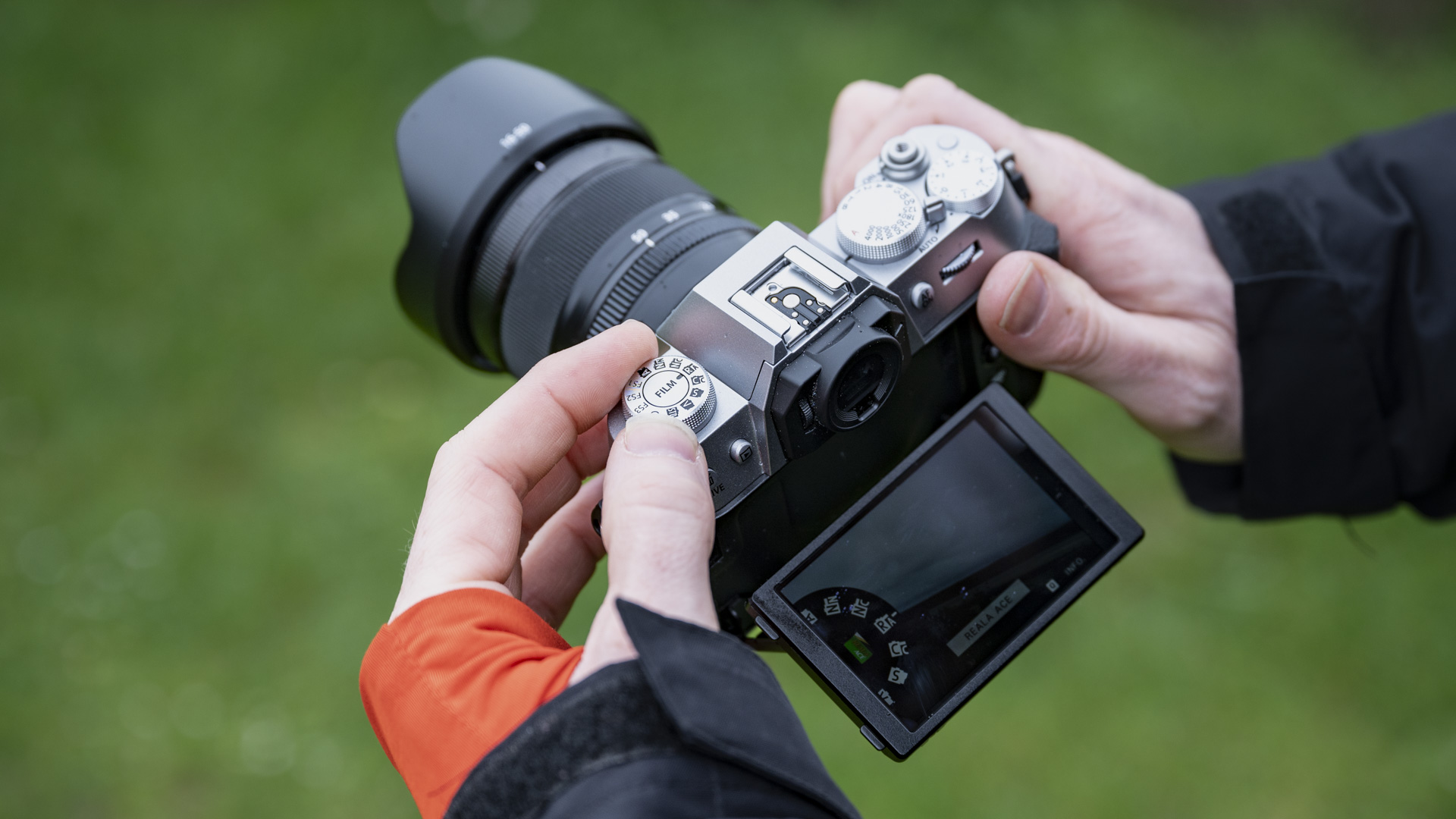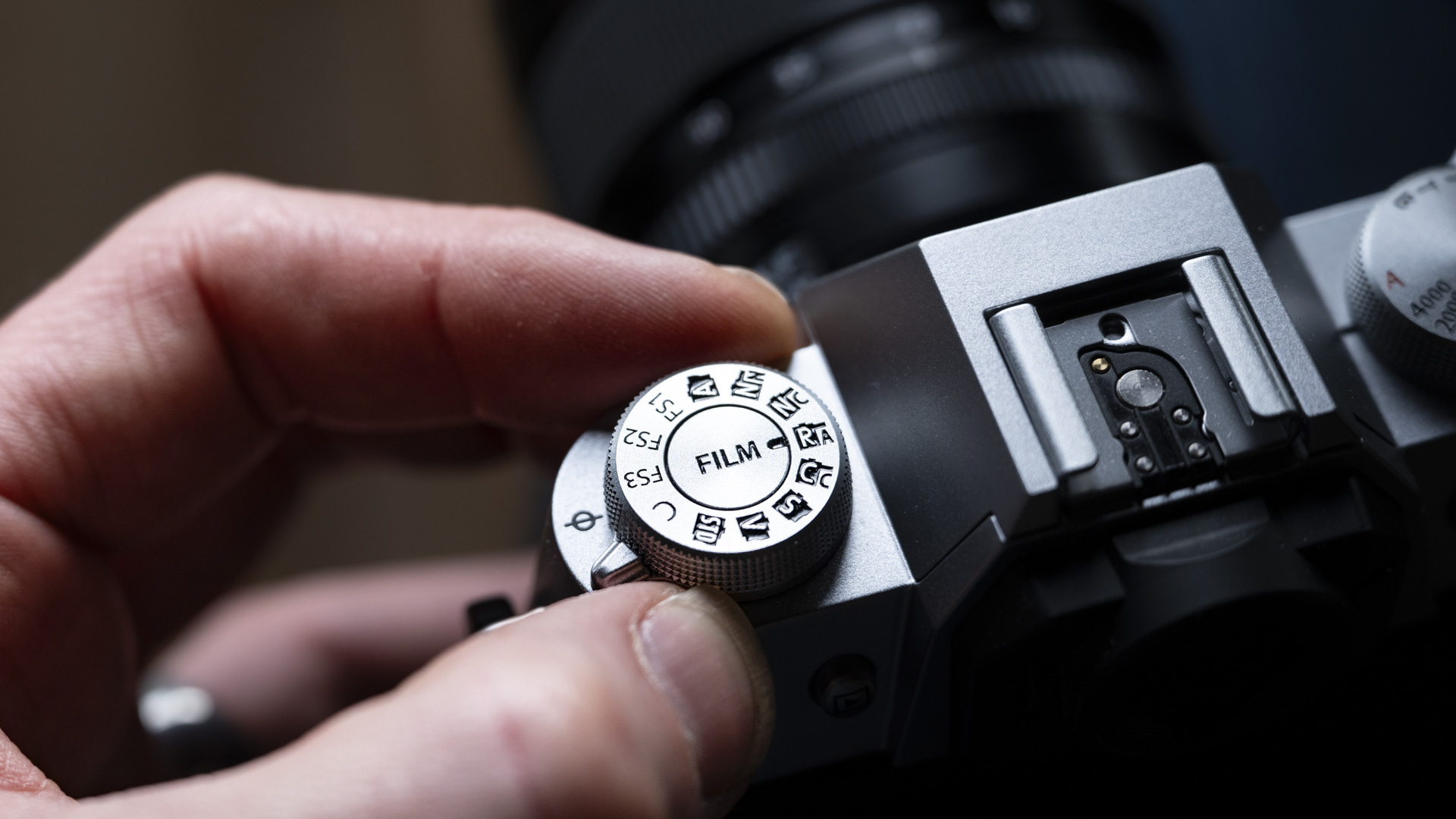The Fujifilm X100VI has grabbed the headlines so far this year, but the trending compact camera’s fixed lens might be too restricting for some people, who might instead prefer the new interchangeable-lens X-T50.
It has the same stabilized 40MP crop-sensor and X-Processor 5 engine as the X100VI and pricier Fujifilm X-T5, offers a healthy dose of retro charm, and comes with an all-new film simulation dial that puts Fujifilm’s superb range of effects right at your fingertips.
- Read our in-depth Fujifilm X-T50 review
The X-T50 is essentially a baby X-T5, with a smaller, plastic, and non-weather sealed body, and it’s cheaper. Logically it should replace the X-T30 II, which we've long rated as the best retro Fujifilm X-series mirrorless camera for beginners; however, Fujifilm says the older model will remain on sale.
It’s a similar situation to when the X-S20 was launched. It didn’t replace the X-S10, but sits above it as a pricier and more capable model. History is repeating with the X-T50 and X-T30 II.




I have to admit as to being surprised just how pricey the X-T50 is. It will set you back $1,399 / £1,299 / AU$2,599 body-only, or $1,799 / £1,649 / AU$3,149 with the new XF 16-50mm f/2.8-4.8 R LM WR kit lens that launched alongside the camera, making it a mid-range model price-wise.
That’s not much less than the now two-year-old Fujifilm X-T5’s current reduced price which is only around $150 / £200 more, but which in Australia can be found for the same price as the X-T50's body. At these prices, it’s hard to recommend the X-T50 over the X-T5, which is a higher-end enthusiast’s camera with better build quality and overall performance, including dual card slots, lengthier burst rates, and 6K video recording.
The markup is significant from the X-T30 II too, at around 50% more. However, the X-T50 is cheaper than the X100 VI, despite having the same image and video quality, plus it can be paired with any one of Fujifilm’s many excellent XF lenses.

If you’ve read about Fujifilm’s film simulations, then the new dedicated dial will be particularly interesting. It includes the original looks and the latest Reala Ace color profile, and leaves space for three extra options of your choosing, although it’s currently not possible to assign one of your own recipes to one of those custom options.
The new dial replaces the shooting mode dial of the X-T30 II and X-T5, and makes the X-T50 feel like a beginner’s camera, despite its improved image and video performance, which includes 10 bit internal 6K video and the option of shooting raw video to an external recorder via HDMI.
Overall, the X-T50 marries superb image quality and features with a cheaper body and more basic handling and performance than a serious camera like the X-T5.
On-sale dates are June 17 for the X-T50 and May 28 for the 16-50mm lens.
You might also like
via Hosting & Support
Comments
Post a Comment